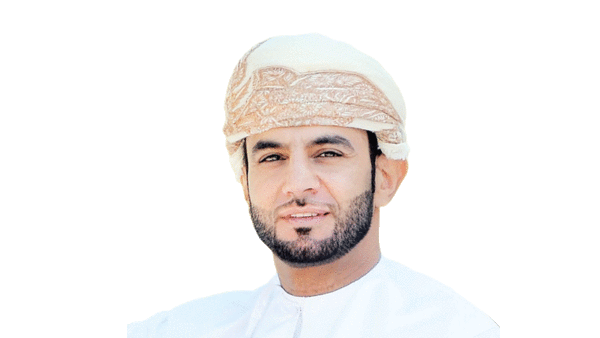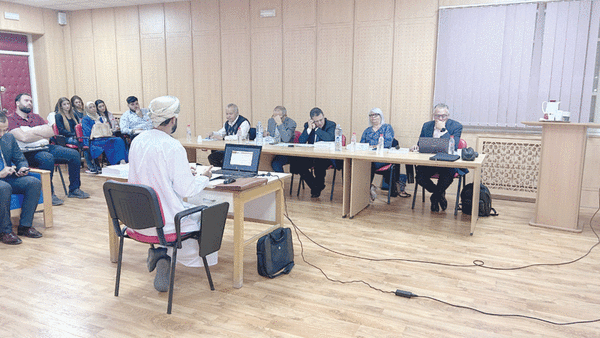


A recent scientific study has uncovered the methods employed in managing journalistic institutions in the Sultanate of Oman in both the public and private sectors. The study examines the differences between the government-owned newspaper “Oman” and the privately-owned newspaper “Al Watan” as part of the requirements for obtaining a PhD degree in Media and Communication Sciences by researcher and journalist Dr Khalid bin Rashid bin Mohammed al Adawi. This was achieved through the use of the mixed methods approach to gain a deeper understanding of the research problem, clarify ambiguities, dispel confusion, and shed light on the way forward, with the aim of comprehending this study more profoundly and elucidating its obscure points.
The importance of studying, analysing, and diagnosing the management approaches of print media institutions lies in reaching the most effective possible methods for developing the behaviours of employees within those institutions. It is also crucial to identify the major challenges and obstacles that hinder workflow and examine their effects, whether positive aspects that serve as strengths for the employees or negative aspects that can be addressed.
This study sought to identify the reasons behind the performance shortcomings in managing the media institution by examining management aspects within two media institutions, namely “Oman” and “Al Watan”. Is this underperformance due to traditional leadership styles in the administrative management of the journalistic institution and how they are practiced, or are there other causes? This central question places us at the core of the overall management of the media institution.
The research study aimed to analyse the reality of management approaches and practices in the journalistic institutions in the Sultanate of Oman. It sought to diagnose the struggles faced by the press institutions in the Arab world as a whole and specifically in the Sultanate of Oman, resulting from the performance setbacks caused by traditional methods and practices in “journalistic administrative leadership.” Additionally, the study aimed to uncover the prevailing perceptions regarding management approaches and practices in the journalistic institutions in Oman, among both the leadership and the employees under their management. It also focused on the administrative challenges directly associated with coordinating the production work of these press institutions.
This academic study is considered the first specialised Omani study that examines the reality of management approaches in journalistic institutions in the Sultanate of Oman. It identifies modern management practices in local journalism, explains them, and analyses them.
The study also demonstrated that there are six societal, institutional, and professional influences on the work methods and management of Omani newspapers. Both “Oman” and “Al-Watan” newspapers have witnessed significant developments in their management. Each newspaper has achieved printing and even distribution independence. “Al-Watan” newspaper has acquired private printing presses and distribution networks throughout the Sultanate of Oman. Similarly, “Oman” newspaper now prints in the Ministry of Information’s printing presses and has outlined a project to acquire a private printing press as part of future investments.
The study’s findings indicate that both newspapers, the subjects of the study, place great importance on recruitment and training for their staff, whether in the editorial department or in management and technical departments. This is done with the aim of elevating and further developing the institutions, as well as keeping them up to date. An annual budget is allocated specifically for training and development purposes.
Specialised managerial competencies are considered important within these institutions, and their importance is not significantly different from other journalistic institutions. The management criteria, particularly in accounting and finance, are standardised. However, the specificity of newspaper institutions lies in their employment of competent individuals who practice standardised management. Additionally, newspaper institutions have distinct characteristics, such as adhering to a 7-hour workday rather than an editorial production system.
Oman Observer is now on the WhatsApp channel. Click here


